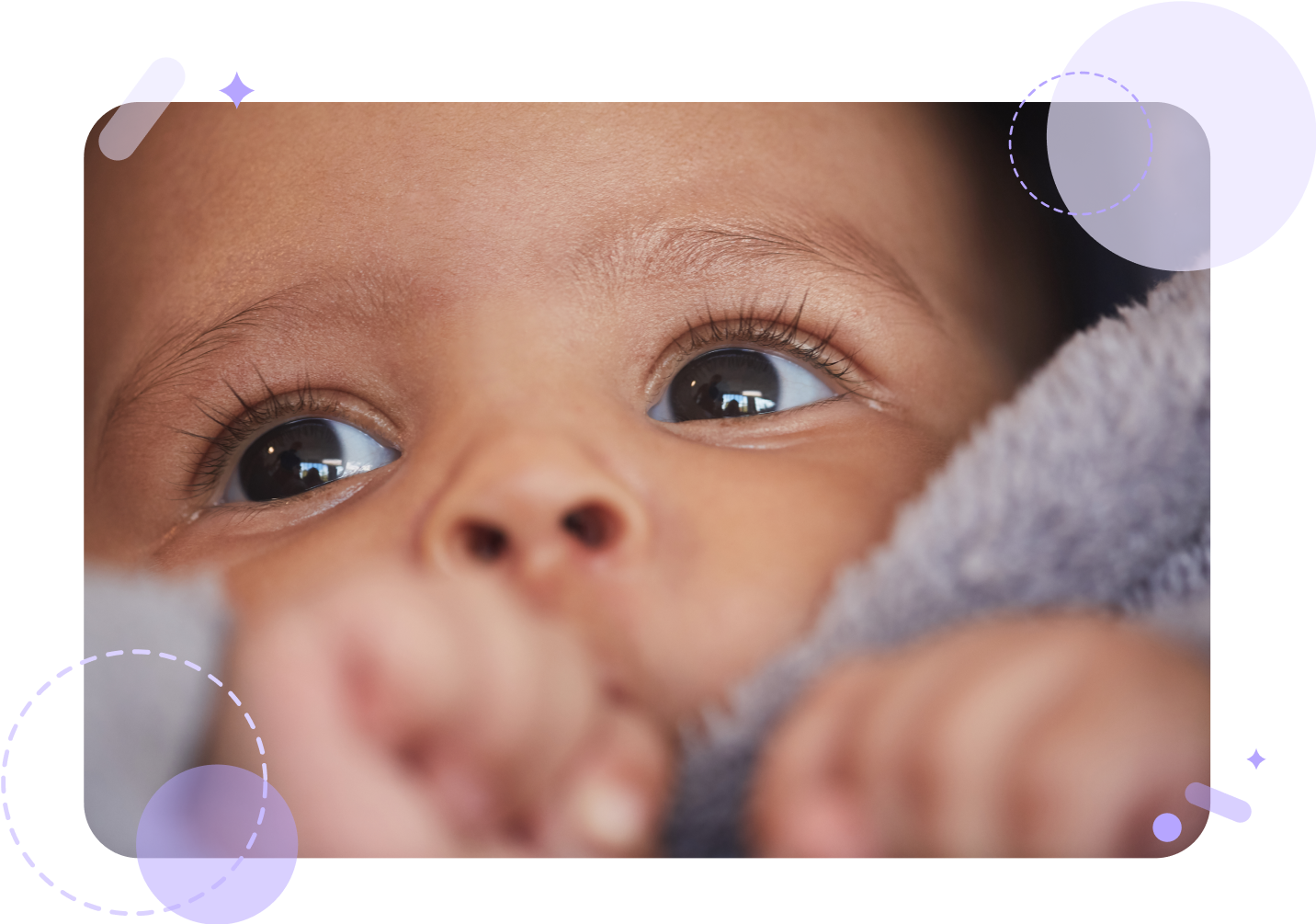
Teething is the process of your baby’s teeth breaking through their gums. The timing of teething is hereditary, which means some babies can teeth a bit earlier and some later. Usually, babies start teething between 4 to 7 months old, with the two front teeth (also known as central incisors), either bottom or top, typically appearing first.
Below is the baby’s teething timeline:
Baby’s First Tooth: You can expect your baby’s first tooth to appear between 4 to 7 months old.
First Molars: Your baby’s molars will appear between 13 to 19 months old.
First Canine: Canines first erupt between 16 to 22 months, soon after the first molars’ appearance.
Baby Teething Symptoms and Remedies
Teething may be accompanied by symptoms of pain or discomfort in some babies, while others appear unaffected by the process. If your little one seems to be in discomfort, also check their gums to see if they’re swollen and about to open.
Typical Teething Symptoms
Teething symptoms range in severity depending on genetics, tooth appearance frequency, and your baby’s overall teething period. Studies show that babies may present with more pronounced pain or discomfort symptoms three to four days before a tooth emerges. The pain usually goes away after the tooth appears.
You can tell that your baby might be teething if you observe one or more of the following.
Increased biting, drooling, sucking, and irritability or a slight increase in the body temperature. There might also be a reluctance to eat solid foods or nap as easily as usual.
Mild symptoms are likely normal and no cause for worry, but always check with your pediatrician if you see that some symptoms (particularly fever) are becoming more severe.
Dealing with Discomfort
The teething symptoms might occur a bit earlier than the visual appearance of the tooth itself, which might cause your baby a little discomfort. You might observe swelling and redness in the area of your baby’s gums, where a tooth may soon pop through the gumline. Teething symptoms are normal but may still aggravate your little one, especially during sleep when they are not distracted by their surroundings.
How to Sooth Teething Symptoms at Home
There are a few options you can do at home to help treat any discomfort your baby may feel while teething.
You can provide safe, sanitary items for chewing, which helps to relieve pressure. Keeping the gums cool, also help. You can apply chilled, but not frozen, items to soothe (teething rings, cold spoon, etc.). If necessary, try an over-the-counter pain medication specifically for your baby’s age group.
Teething is an essential part of a baby’s physical development, and healthy oral hygiene shall be maintained to help support the baby during this time. Establishing healthy oral hygiene also helps build the foundations of a lifetime of healthy teeth and gums.
 Back
Back
